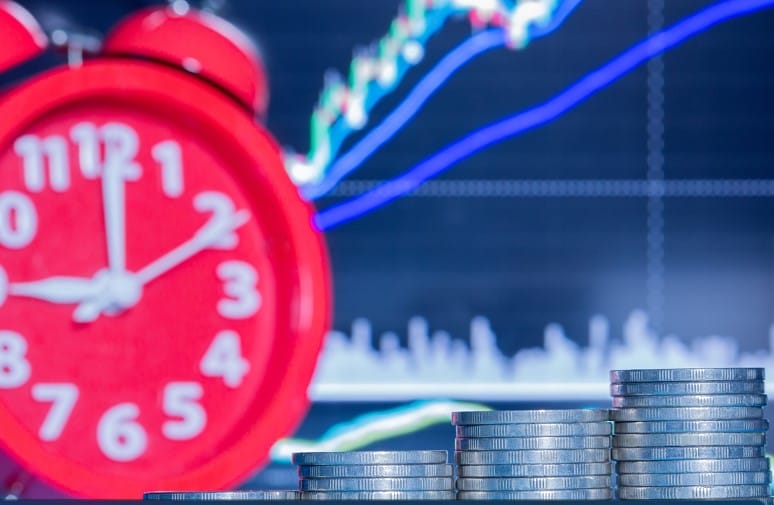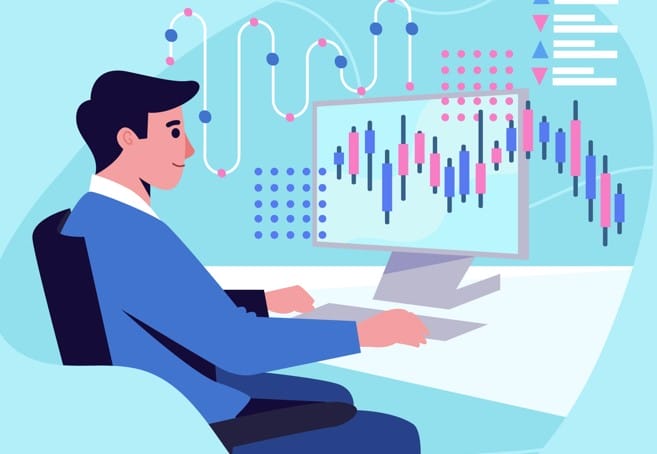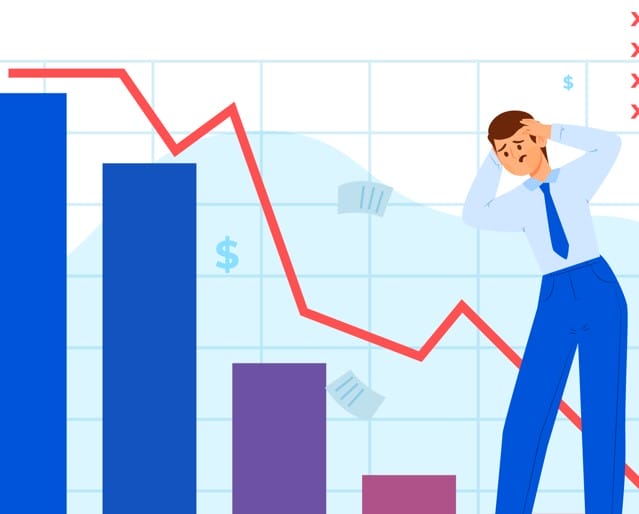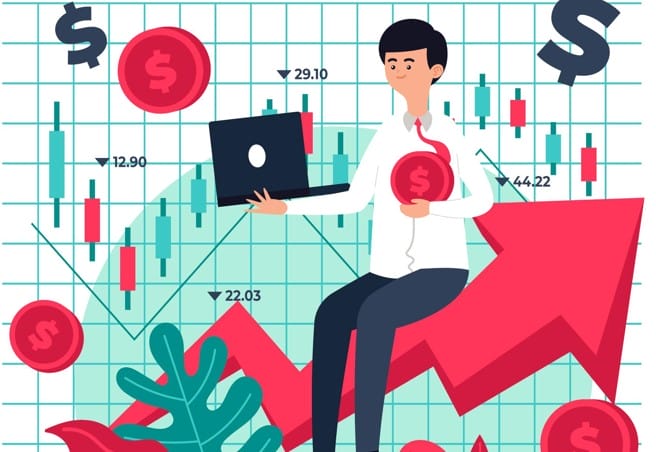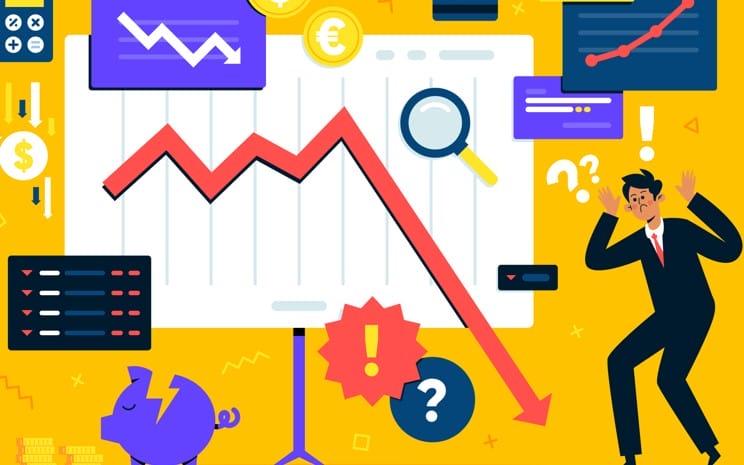Forex trading, also known as foreign exchange trading, is the act of buying and selling currencies on the foreign exchange market with the aim of making a profit. It is one of the largest and most liquid financial markets in the world, with a daily trading volume that exceeds $6 trillion. While it offers significant opportunities for profit, it also comes with substantial risks and is not suitable for everyone. In this article, we will explore the pros and cons of forex trading to help you determine whether it is right for you.
Pros of Forex Trading:
Accessibility in Forex Trading
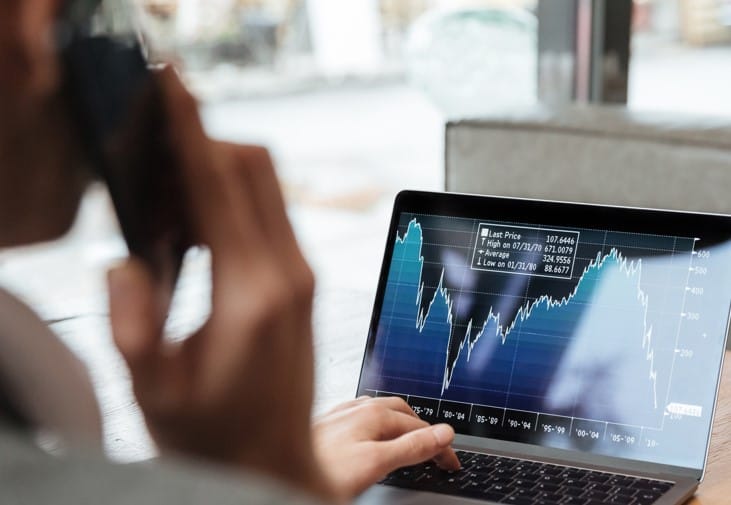
One of the significant advantages of forex trading is its accessibility to a wide range of individuals, even those with limited capital or financial experience. Here’s a detailed look at what makes forex trading accessible:
- Low Minimum Capital Requirement: Unlike some other financial markets, such as stocks or real estate, forex trading typically doesn’t require a large upfront investment. Many brokers allow traders to open accounts with as little as $100 or even less. This low barrier to entry makes it possible for individuals with modest savings to participate in the forex market.
- Fractional Position Sizes: Forex brokers often permit traders to trade in fractional position sizes. This means you can control a fraction of a standard lot, which is 100,000 units of the base currency. Fractional trading allows for more precise risk management and accommodates traders with limited capital.
- Demo Accounts: Most forex brokers offer demo accounts that allow beginners to practice trading without risking real money. These accounts are invaluable for gaining experience and understanding the mechanics of the forex market before committing funds.
- Online Accessibility: Forex trading can be done online, and trading platforms are accessible through desktop applications, web browsers, and mobile devices. This accessibility means you can trade from anywhere with an internet connection, making it convenient for individuals with various lifestyles and schedules.
Liquidity in Forex Trading
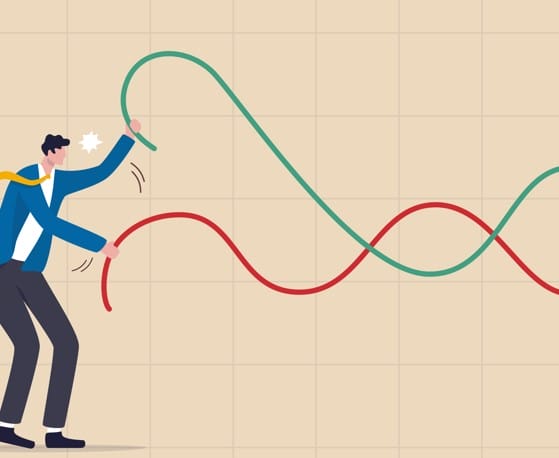
Liquidity is one of the most appealing aspects of the forex market, and it refers to how easily and quickly assets can be bought or sold without significantly impacting their prices. In the context of forex trading, here’s a detailed explanation of why liquidity is a significant advantage:
- Market Size: The forex market is the largest financial market in the world, with a daily trading volume that exceeds $6 trillion. This massive market size ensures that there are always buyers and sellers for any given currency pair, which leads to high liquidity. Liquidity is especially crucial for traders because it allows them to enter or exit positions at the desired price.
- Narrow Bid-Ask Spreads: Liquidity in the forex market translates to narrow bid-ask spreads. The bid price is the price at which you can sell a currency pair, while the ask price is the price at which you can buy it. Narrow spreads mean that the difference between these two prices is minimal, reducing the cost of each trade. This is in contrast to less liquid markets where wider spreads can erode profits.
- Minimal Slippage: Slippage occurs when the execution of a trade occurs at a different price than expected due to rapid market movements. In highly liquid markets like forex, slippage is generally minimal because there are usually enough buyers and sellers to match orders at or near the desired price.
24-Hour Market in Forex Trading
The forex market operates 24 hours a day, five days a week, and it’s often referred to as a “round-the-clock” market. This continuous trading cycle offers several advantages for traders, which we’ll detail below:
- Global Accessibility: Unlike stock markets that have specific trading hours, the forex market spans the globe, with major trading centers in different time zones, including London, New York, Tokyo, and Sydney. As one market closes, another opens, providing traders with access to the market regardless of their location and time zone.
- Flexibility: The 24-hour nature of the forex market provides traders with flexibility. You can choose to trade during your preferred hours, whether that’s early in the morning, late at night, or during regular business hours. This flexibility allows traders to adapt their trading schedules to fit their lifestyles and other commitments.
- Event-Driven Trading: Economic events and news releases can have a significant impact on currency prices. With a 24-hour market, traders can react to news and events as they happen, even if they occur outside regular trading hours. This is crucial for those who want to capitalize on breaking news or economic data releases.
Diverse Trading Options in Forex Trading
One of the advantages of the forex market is the wide range of trading options it offers. Here’s a detailed look at the diversity of trading options available in forex:
- Major Currency Pairs: The forex market primarily consists of major currency pairs, which include the world’s most traded currencies. These pairs involve currencies from countries with strong economies and stable political environments. Examples of major currency pairs include EUR/USD (Euro/US Dollar), GBP/USD (British Pound/US Dollar), and USD/JPY (US Dollar/Japanese Yen).
- Minor and Cross-Currency Pairs: In addition to major pairs, there are minor currency pairs that don’t include the US Dollar but still involve currencies from major economies. For example, EUR/GBP (Euro/British Pound) and EUR/AUD (Euro/Australian Dollar) are considered minor pairs. Cross-currency pairs, also known as “crosses,” involve two major currencies but exclude the US Dollar. Examples include EUR/JPY (Euro/Japanese Yen) and GBP/AUD (British Pound/Australian Dollar). These pairs provide diversification opportunities beyond the USD.
- Exotic Currency Pairs: Exotic currency pairs involve one major currency and one currency from a smaller or emerging market economy. Examples include USD/TRY (US Dollar/Turkish Lira) and EUR/TRY. Exotic pairs are known for their higher volatility and may offer opportunities for traders seeking more significant price movements.
Leverage in Forex Trading
Leverage is a powerful tool in forex trading that allows traders to control a more substantial position size with a relatively small amount of capital. It’s a double-edged sword, offering both opportunities and risks. Here’s a detailed look at leverage in forex trading:
- Leverage Ratios: Leverage is typically expressed as a ratio, such as 50:1, 100:1, or even 500:1, which represents the amount by which a trader can magnify their position size relative to their initial margin (the amount of money deposited in their trading account). For example, with 100:1 leverage, a trader can control a position worth $100,000 with just $1,000 in their account.
- Potential for Amplified Profits: The primary advantage of leverage is that it amplifies potential profits. With a relatively small investment, traders can participate in larger market moves and potentially earn significant returns on their capital. This can be particularly attractive for traders looking to capitalize on short-term price fluctuations.
- Capital Efficiency: Leverage allows traders to be more capital-efficient. Instead of tying up a large amount of capital in a single trade, they can spread their capital across multiple trades, diversifying their risk and maximizing trading opportunities.
Cons of Forex Trading:
High Risk in Forex Trading
Forex trading is often associated with a high level of risk, and it’s important to understand the specific risks involved:
- Market Volatility: The forex market is known for its volatility, which refers to the rapid and unpredictable price movements of currencies. These fluctuations can be caused by economic data releases, geopolitical events, interest rate changes, or market sentiment. While volatility presents opportunities for profit, it also means that currency prices can change rapidly, potentially leading to significant losses.
- Leverage: As mentioned previously, leverage is a double-edged sword. While it can amplify profits, it also magnifies losses. When traders use leverage to control larger positions than their initial capital allows, even a small adverse price movement can result in substantial losses. This is why responsible use of leverage and effective risk management are critical.
- Risk of Losing Capital: In forex trading, there is always a risk of losing the entire amount of capital invested. Unlike some other investment vehicles, there is no guaranteed return or capital protection in forex trading. Traders can experience losing streaks, and if not managed properly, these losses can deplete their trading accounts.
Volatility in Forex Trading
Volatility refers to the degree of variation in the price of a financial instrument over time. In the context of forex trading, volatility specifically pertains to the frequent and often unpredictable fluctuations in currency exchange rates. Here’s a comprehensive explanation of the impact of volatility in forex trading:
- Rapid Price Movements: The forex market is renowned for its high degree of volatility, meaning that currency prices can change rapidly and dramatically in relatively short periods. These price swings can occur for various reasons, including economic data releases, geopolitical events, market sentiment shifts, and unexpected news.
- Intraday and Short-Term Opportunities: High volatility can provide opportunities for traders who seek to profit from short-term price movements. Day traders and scalpers, for example, may capitalize on these fluctuations by opening and closing positions within the same trading day, aiming for quick gains.
- Risk of Losses: While volatility can lead to profits, it also poses a significant risk of losses. Sudden and sharp price movements can result in unanticipated losses if traders do not have adequate risk management strategies in place, such as setting stop-loss orders to limit potential downside.
Emotional Challenges in Forex Trading
Emotional challenges refer to the psychological and emotional factors that can impact traders while participating in the forex market. Managing these emotional aspects is essential for successful trading. Here’s a comprehensive explanation of the emotional challenges faced by forex traders:
- Fear and Greed: Two dominant emotions in trading are fear and greed. Fear can arise when traders are anxious about potential losses or uncertainty in the market. Greed can lead to overconfidence and taking excessive risks in pursuit of higher profits. Both emotions can cloud judgment and result in impulsive decisions.
- Psychological Pressure: The pressure to perform well in forex trading can be intense. Many traders set high expectations for themselves, leading to psychological stress. This stress can negatively impact decision-making and mental well-being.
- Impulsivity: Emotional reactions, such as fear or excitement, can lead to impulsive trading decisions. Traders may abandon their trading plan and enter or exit positions hastily, often to their detriment. Impulsivity can lead to losses and undermine a trader’s long-term strategy.
- Overtrading: Emotional trading can result in overtrading, where traders open too many positions or trade too frequently. Overtrading can lead to excessive risk exposure and exhaustion. It often stems from an emotional need to “stay in the game” or “recover” from losses.
Complexity in Forex Trading
Complexity in forex trading refers to the intricate nature of the market and the various factors that traders need to consider when making trading decisions. Here’s a comprehensive explanation of the complexities involved in forex trading:
- Market Analysis: Forex traders need to analyze the market using two primary types of analysis: fundamental analysis and technical analysis. Fundamental analysis involves evaluating economic data, news events, and geopolitical factors that can impact currency prices. Technical analysis involves studying price charts, patterns, and indicators to forecast future price movements. Becoming proficient in both forms of analysis can be time-consuming and challenging.
- Numerous Currency Pairs: The forex market offers a vast number of currency pairs to trade. While this diversity provides opportunities for diversification, it can also be overwhelming for traders, especially beginners. Traders must understand the unique characteristics of each currency pair they trade.
- Global Economic Events: Forex prices are influenced by economic events and news releases from countries around the world. Traders need to stay informed about economic calendars, central bank decisions, employment reports, and other economic indicators. Keeping track of these events and their potential impact on currency prices requires continuous monitoring.
Lack of Regulation in Forex Trading
The lack of regulation in forex trading refers to the fact that the forex market is decentralized and operates across multiple jurisdictions with varying degrees of oversight. Here’s a detailed explanation of the implications and challenges associated with the lack of regulation in forex trading:
- Decentralization: The forex market is decentralized, meaning it doesn’t have a central exchange or regulatory authority overseeing all trading activities. Instead, it consists of a network of banks, financial institutions, brokers, and retail traders who trade directly with each other. This decentralization can make it challenging to enforce consistent rules and regulations across the entire market.
- Varying Regulatory Frameworks: Forex brokers operate in different countries and regions, and they are subject to the regulatory authorities of those jurisdictions. Regulatory frameworks and requirements can vary significantly from one country to another. Some regions have stringent regulations to protect traders, while others may have lax oversight or weaker investor protections.
- Risk of Unregulated Brokers: The lack of regulation can attract unscrupulous brokers or fraudulent entities to the forex market. Unregulated brokers may engage in unfair practices, such as manipulating prices, delaying withdrawals, or not segregating client funds properly. Traders who choose unregulated brokers may face a higher risk of financial loss or fraud.
Commissions and Fees in Forex Trading:
Commissions and fees in forex trading refer to the costs associated with participating in the foreign exchange market. While forex trading is often praised for its low transaction costs, there are specific fees and expenses that traders should be aware of. Here’s a detailed explanation of commissions and fees in forex trading:
- Spread Costs: The primary cost in forex trading is the spread, which is the difference between the bid (selling) price and the ask (buying) price of a currency pair. The spread is essentially the broker’s compensation for facilitating the trade. While spreads are typically low for major currency pairs, they can vary between brokers and may widen during periods of high volatility.
- Commission-Based Accounts: Some brokers offer commission-based accounts in addition to spread-based accounts. In commission-based accounts, traders pay a fixed or variable commission per trade, usually on a per-lot basis (standard lot is typically 100,000 units of the base currency). Commission-based accounts can be cost-effective for high-frequency traders who execute a significant number of trades.
- Swap or Rollover Fees: If a trader holds a position overnight, they may incur swap or rollover fees. These fees are interest rate differentials between the two currencies in a currency pair and are applied to positions that are not closed before the daily rollover time. Swap fees can be positive (credited) or negative (debited) depending on the direction of the trade and the interest rate differentials.
Conclusion:
Forex trading can be a potentially lucrative venture for those who are well-prepared, disciplined, and have a thorough understanding of the market. However, it is not suitable for everyone and comes with significant risks. Before deciding whether forex trading is right for you, consider your financial goals, risk tolerance, and commitment to learning and practicing sound trading strategies. It is essential to start with a solid educational foundation, a clear trading plan, and a risk management strategy to increase your chances of success. If approached with caution and proper preparation, forex trading can be a viable option for individuals seeking to diversify their investment portfolio and potentially generate profits from the global currency markets
Don’t trade all the time, trade forex only at the confirmed trade setups.
Get more confirmed trade setups here: forexgdp.com/buy/

